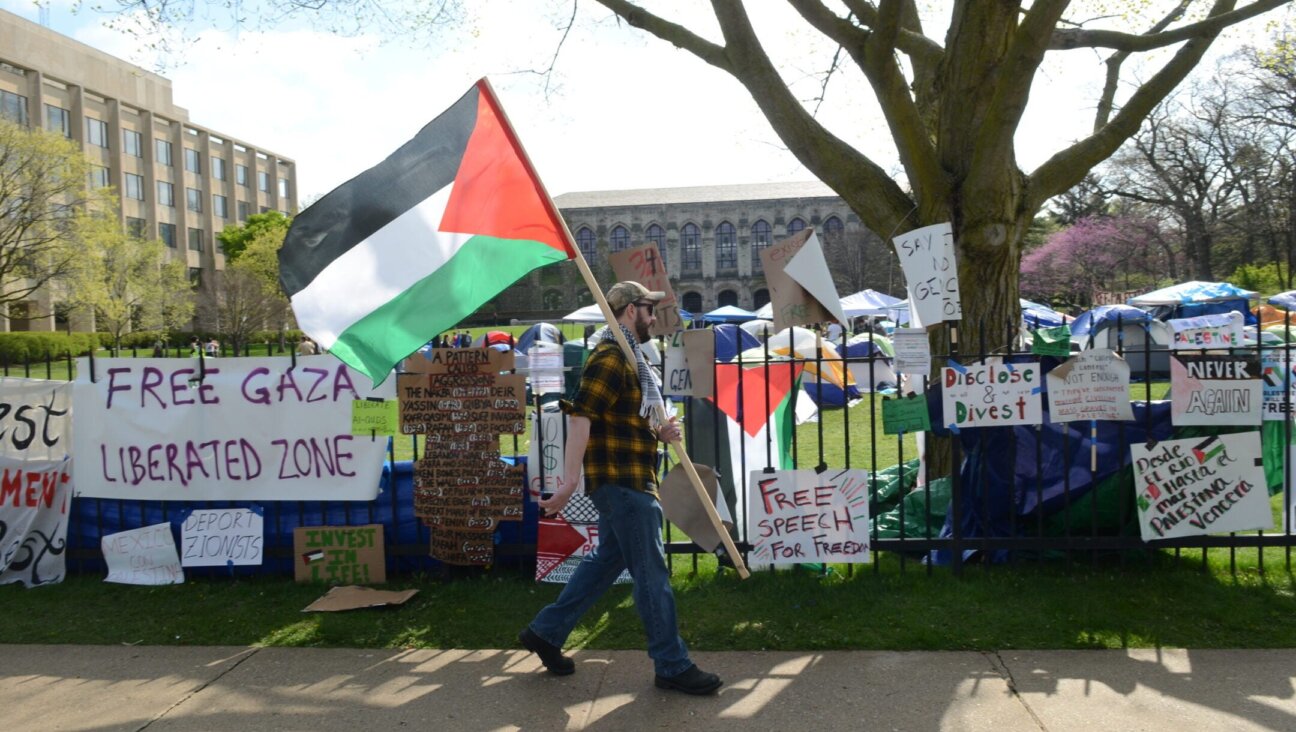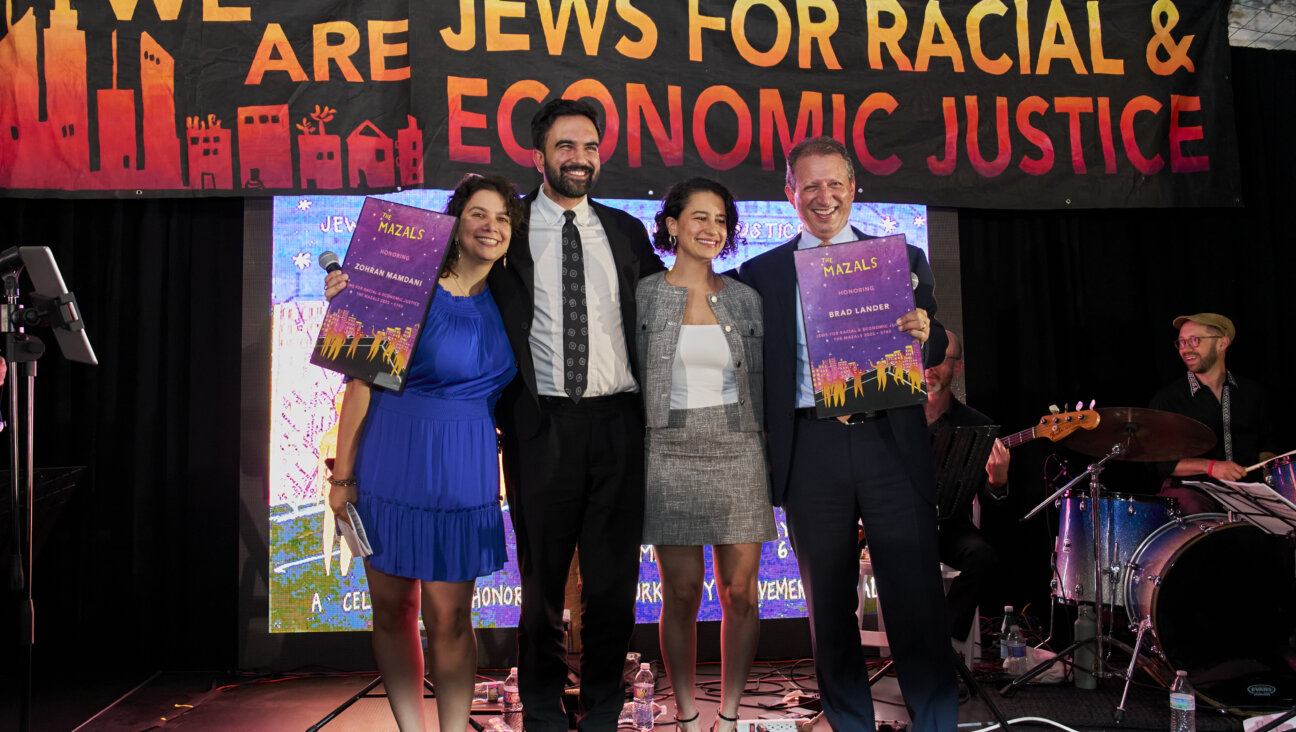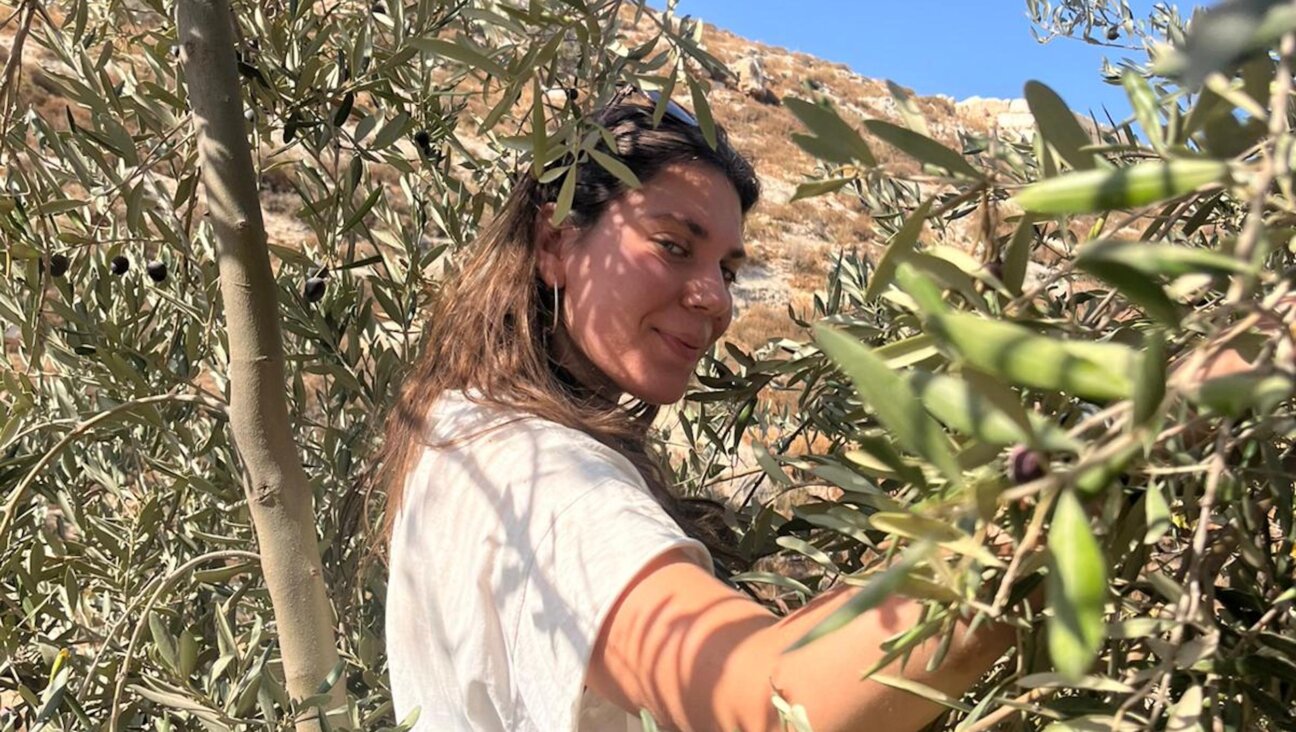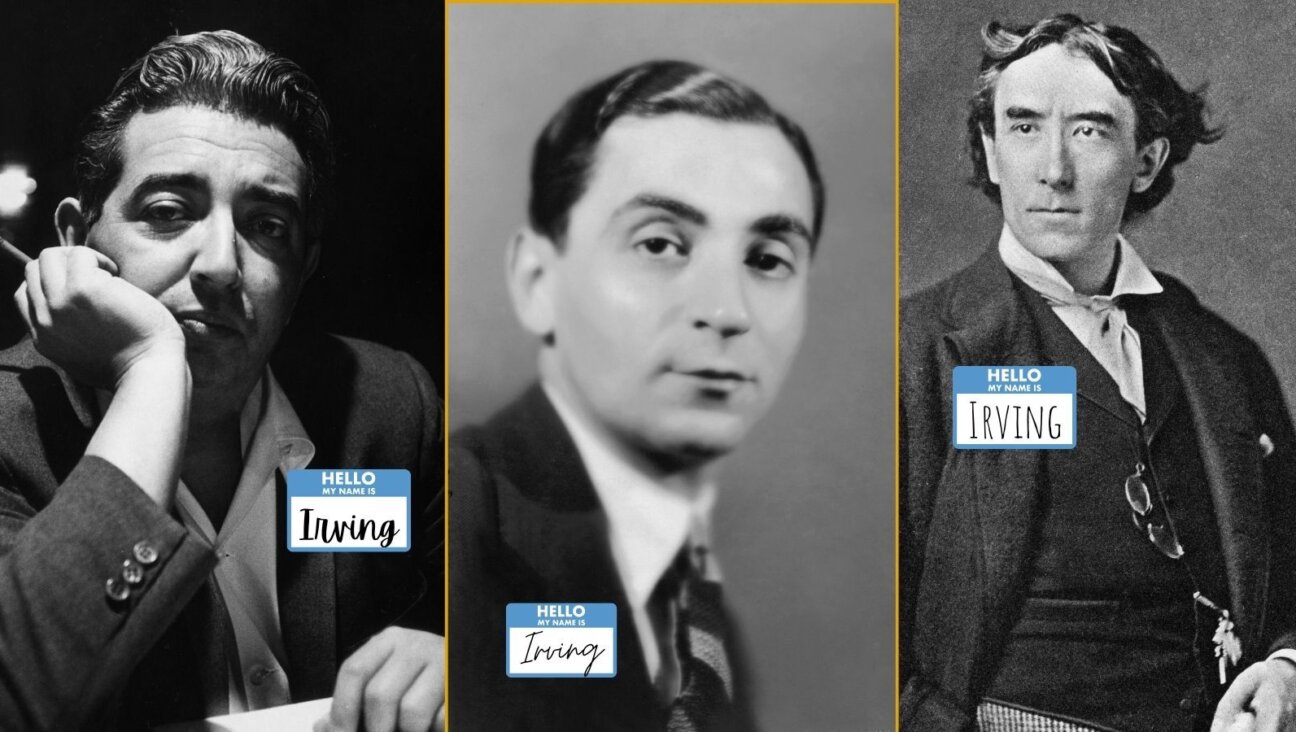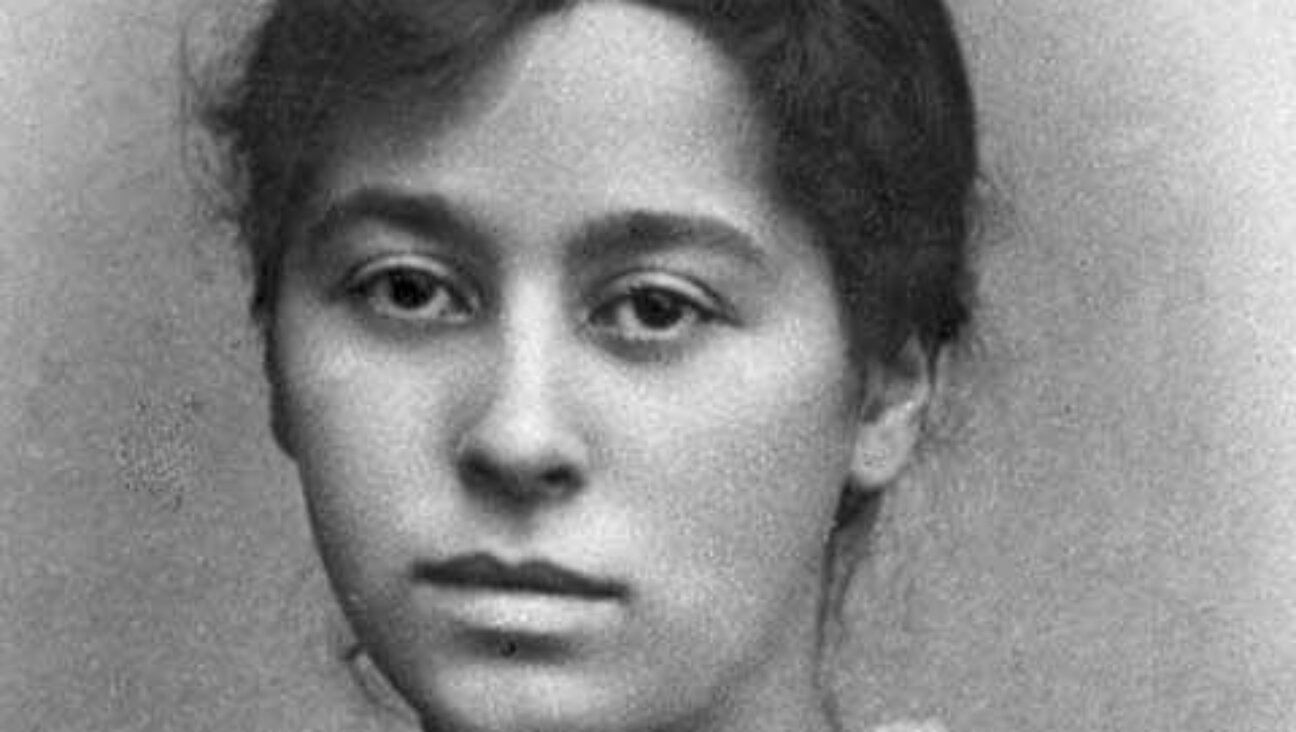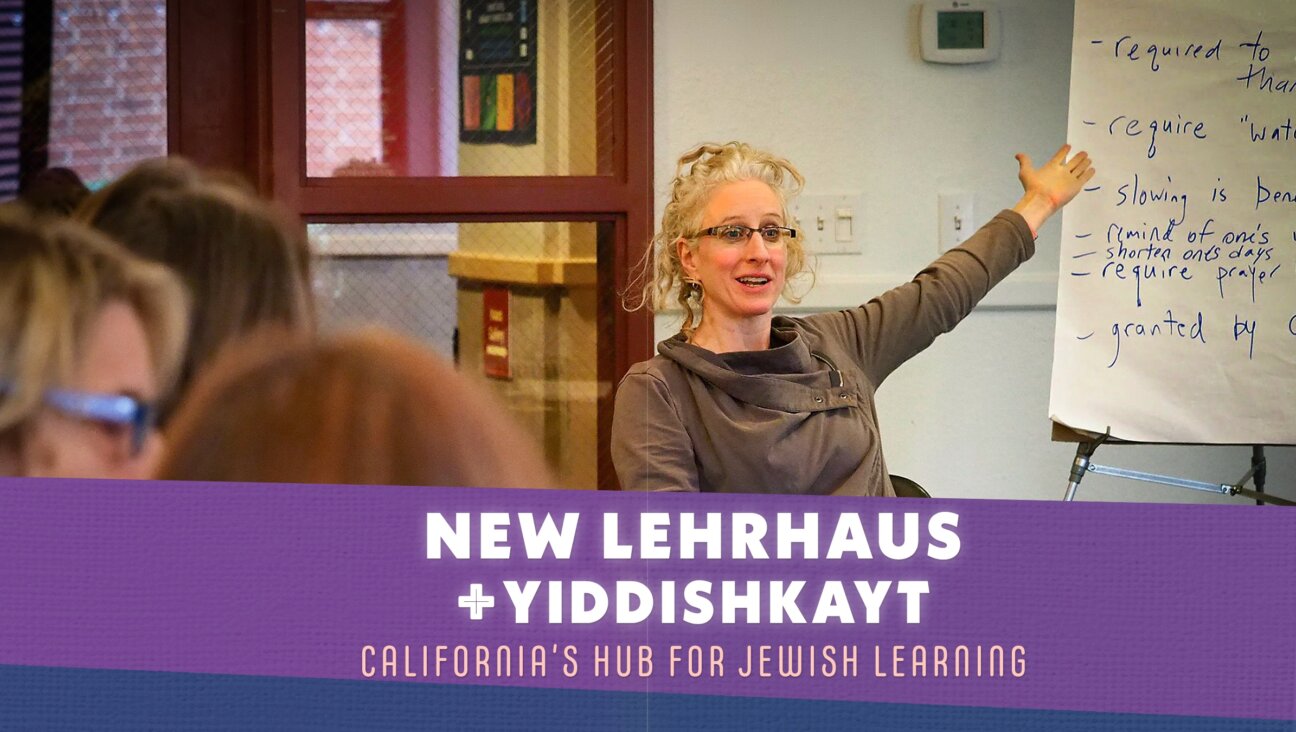Saved by the Kindertransport: Meet Two Inspiring Holocaust Survivors

The first Kindertransport arrives in Harwich, England. Image by United States Holocaust Memorial Museum Courtesy of Instytut Pamieci Narodowej
Seventy-eight years ago this week, on December 2, 1938, the first Kindertransport left Germany. In the following months over 10,000 mostly Jewish children were saved from Nazi-occupied territories, because their parents were willing to separate from them.
In England they were placed in foster families, schools and shelters. British authorities agreed to grant visas; private citizens and organizations found guarantors for the children up to the age of 17. After the war, many of these children emigrated to the United States.
One of them was Esther Starobin.
“My sister Bertl doesn’t call herself a Holocaust survivor,” Starobin, 79, said in her cozy dining room in Maryland. “She says we weren’t in a camp. But you know what? I lost my parents. I lost my home. I was resettled without having a say in it. That seems to me as pretty much being a survivor.”
Starobin was only 26 months old when she came to England on a Kindertransport. A picture that was taken shortly before her departure shows a wide-eyed 2-year-old with curls holding a stuffed dog.
Esther was placed in Thorpe, Norwich, with a Christian family: Dorothy and Harry Harrison, whom she called “Auntie Dot” and “Uncle Harry,” and their 9-year-old son Alan. “I was very much a part of their family,” Starobin recalled, smiling every time she mentioned their names.
Her memories of her time in England are very much that of a small child. “They were big on vegetables,” Starobin said referencing her foster parents while rolling her eyes.
Norwich was out in the countryside and Esther grew up very sheltered. The first time Esther visited London, she and her foster brother Alan spent a lot of time riding up and down the escalators in stores. “We didn’t have those things in Norwich,” she recalled.

Esther Starobin poses with a guard outside the Tower of London. Image by Esther Starobin
Starobin’s three sisters and her brother survived the Holocaust, but her parents were killed in Auschwitz. She doesn’t have a single memory of them. “I really don’t remember anything from Germany,” she said.
In 1947, when Esther was 10, her sisters followed the directions of their late mother and arranged for all of them to live together in the United States.
“When you talk to people who were on the Kindertransport, for many of them, their experience in England was God-awful,” Starobin said. For her it was leaving her British family that was unbearable.
“I probably somehow knew I had to leave at some point, but I didn’t really,” she said, the shock felt at the time still obvious in the way she talked about it decades later.
Today, Starobin is a very active retired schoolteacher, who regularly talks about her experiences. For twenty years she has also been a volunteer at the Holocaust Memorial Museum in Washington, D.C.
From Berlin to Manhattan
Helga Shepard’s story also began in Germany and ended in the United States. Just like Starobin, she was saved on a Kindertransport to England – but that is where the similarities of their biographies end.
Shepard was born as Helga Uszerowicz in 1932 in Berlin. The well-protected little girl didn’t notice the seizure of power by the National Socialists or the attacks on her family.

The Uszerowicz family poses with glasses of mineral water along with other patrons of a spa in Karlsbad. Image by United States Holocaust Memorial Museum Courtesy of Helga Shepard
When Shepard talks about her childhood, she stops being an 84-year-old American perched on a sofa in her Manhattan apartment and transforms into a young German girl.
“I was like a little egg in the nest. I didn’t know about Hitler,” she said with an innocent look, changing her voice and pitch like an actress on a stage when she recalled her childhood.
Even the Kindertransport itself was nothing but a big adventure for the six-year-old. “I was gonna go on a train trip with my brother. And I was very excited,” she recalled.
After her arrival in England, an odyssey began for the young refugee girl. She was separated from her brother and sent to relatives, who abused her as a maid and even hit her with a whip.
Shepard was all on her own. She didn’t have any contact with her parents. By pure chance, she learned when she was 10 that her brother had died in an accident.
Shepard reported all this with a quiet, controlled voice, while wrapping her arms around her body as if to hug herself. “It’s amazing. The feelings are as strong as they ever were. I say to myself, ‘Why do I talk – it hurts. Why do the other people talk?’” asked the mother of three.

Helga Uszerowicz plays outside with a dog in Nottingham where she came on a Kindertransport. Image by United States Holocaust Memorial Museum Courtesy of Helga Shepard
Shepard’s emotional memories were in stark contrast to her colorful, cozy apartment in which we conducted our conversation. Numerous posters from the Beatles were on the walls of her living room – the pensioner had recently celebrated a 1960s-themed party.
Shepard belongs to the small and lucky group of Kindertransport children whose parents both survived the Holocaust. But after the eight-year-long forced separation, the reunion was anything but happy. Shepard’s mother didn’t recognize her 15 year old daughter and her Orthodox father soon started hitting her.
“Today, sometimes I think I want to go to an artist and commission three marble columns, each damaged in its own way. But the real tragedy is, no communication between them,” Shepard said about the broken relationship with her parents. From England, she went with them to Paris, where the family lived in the “Pletzl” quarter, or “Little Place” — Yiddish speakers’s name for the Marais.
In 1953, the three of them immigrated to the United States together, but got different apartments. For the first time ever, Shepard lived all by herself and from them on her life improved drastically. The young woman studied social work, married an American and had three children.
During the last couple of years, the Berliner faced her Kindertransport past, and met hundreds of members of the Kindertransport Association, a survivor organization. “It was wonderful,” Shepard recalled her first meeting with some of them with a big smile on her face. “It was amazing to know that I wasn’t alone.”
To honor and remember the unique rescue operation, December 2 is celebrated as “World Kindertransport Day.” You can find a list of events on the website of the “Kindertransport Association.”
Lilly Maier is a news intern at the Forward. She has been researching the history of the Kindertransport for many years and in doing so met many inspiring Holocaust survivors.
On December 12, 2016, she will give a lecture on the “The History of the Kindertransport and Its Long-Term Effects” at Deutsches Haus at NYU in New York. If you are interested to attend, you can rsvp here.
Reach her at [email protected] or on Twitter at @lillymmaier
__Jewish history is one long story of seeking refuge. From Hitler’s Berlin to Soviet Moscow, from fundamentalist Teheran to chaos-ridden Addis-Ababa — read more of Jewish refugees’ stories here._



